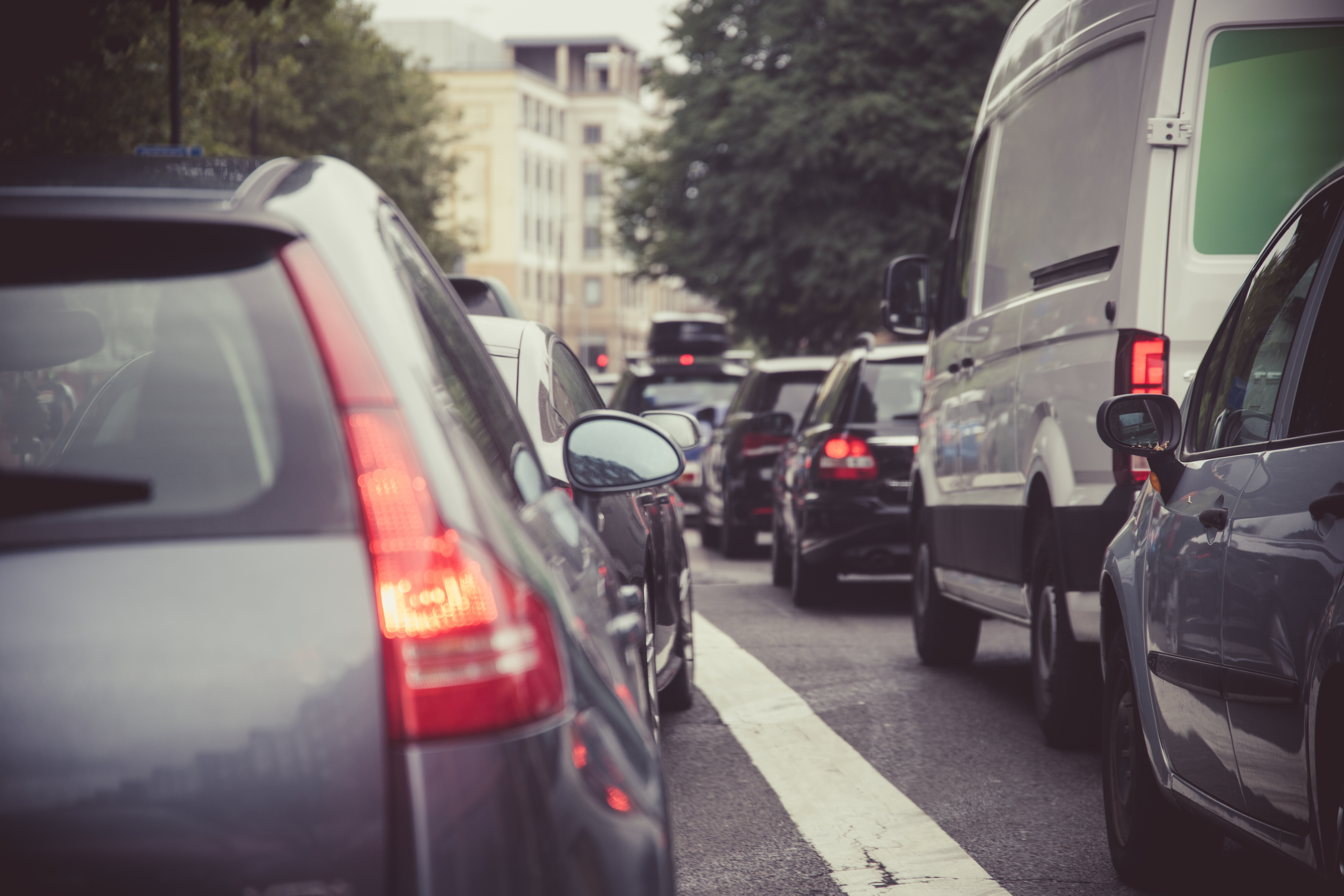Driving in a busy city or town can present its own set of challenges, especially if you’re a newly qualified driver. There’s lots to contend with; from heavy, slow-moving traffic to navigating a maze of one-way streets – and that’s before you factor in the pedestrians and cyclists! We want you to be prepared when driving in an urban setting, that’s why this week’s tips are from IAM RoadSmart’s head of driving and riding standards, Richard Gladman.

Hazards - Identifying hazards early on is an important aspect of safe driving. Knowing the type of hazards that you might be faced with will help with anticipating and reacting to them. They include heavy traffic, congestion, stop-start traffic, pedestrians, cyclists and motorcyclists.
Reading the road - Understanding warning signs and painted lines on the road can help you identify upcoming problems. Whether they’re red lines, controlled parking zones, zig-zag white lines, bus lanes, congestion zones or triangle warning signs giving advance notice of hazards that may include schools and junctions will help you share the road safely with others.
Be mindful that it’s very easy to not see restrictions such as driving in a bus lane or exceeding a 20mph speed limit, simply because there is a lot of information to take in when you’re navigating dense traffic. Try to minimise distractions when driving in unfamiliar areas, drive proactively and look at how other drivers respond.
Vulnerable road users - Be aware of vulnerable road users sharing the same space as you. If you’re driving alongside pedestrians and cyclists, be sure to give them plenty of time and space and remember that they too might be distracted by their surroundings.
Remember to slow down and give cyclists plenty of space when you pass by them as their stability might be affected if you drive too close.
Complex junctions - Turning right at a traffic-light junction is often the most complex manoeuvre, especially when oncoming traffic is also turning right. Generally, drivers turn at the rear of the oncoming cars; however, some junctions are marked to turn in front. Often local habits have been adopted, so you’ll have to follow the example set by other road users. If you are turning in front, be extra vigilant for oncoming traffic as this is now obscured by the turning traffic.
Buses and trams - Public transport such as buses and trams often use dedicated lanes. You may find that bus lanes can be shared after a certain time of the day, so you need to be aware of when you can and cannot use them. For more information on using a bus lane correctly, click here.
Trams on the other hand are restricted in movement, running on tram lines so these lanes cannot be shared and you should never stop or park on a tram route. Trams and tramways use specific diamond-shaped road signs and are often indicated by lines, dots or different coloured road surfaces. There’s also the added hazard of pedestrians boarding that drivers should be aware of. It’s important that all road users understand these signs particularly if you’re not used to driving in a busy city.
Driving is a busy city or town can be a challenge, but reading the roads and understanding all road signs and lines will help protect you when driving in this setting. If you do find yourself taking a wrong turn, don’t panic, remember to stay safe and find a suitable place to turn around. If you’re not familiar with some of the road signs used in urban areas or you just need to brush up on your knowledge, then we recommend that you take a look at the Highway Code in preparation.
Other CarCliq articles that might interest you:
Roundabouts – How To Deal With Them
Advanced Stop Lines
Drive With Care
Watch Out For That Pedestrian
For more CarCliq Guides, click here.